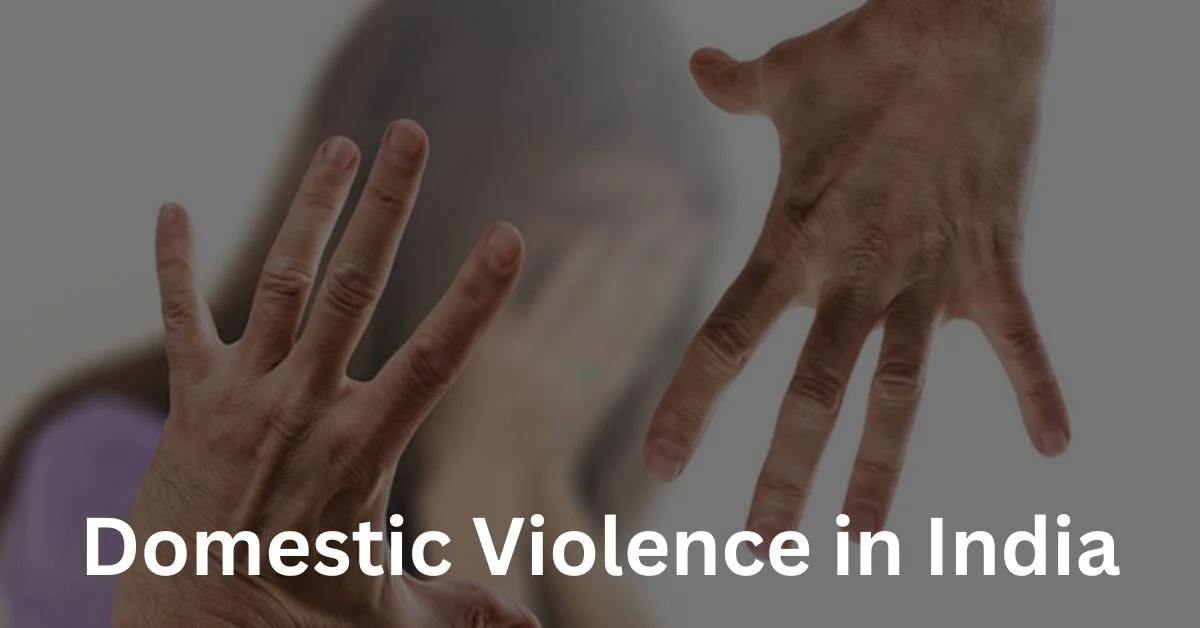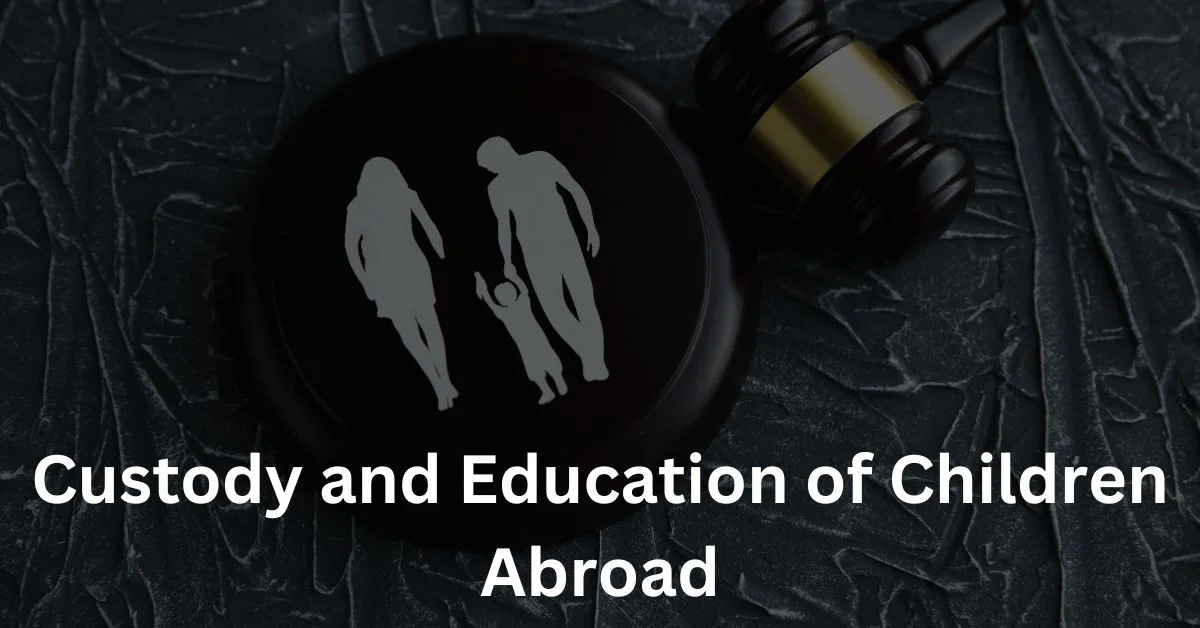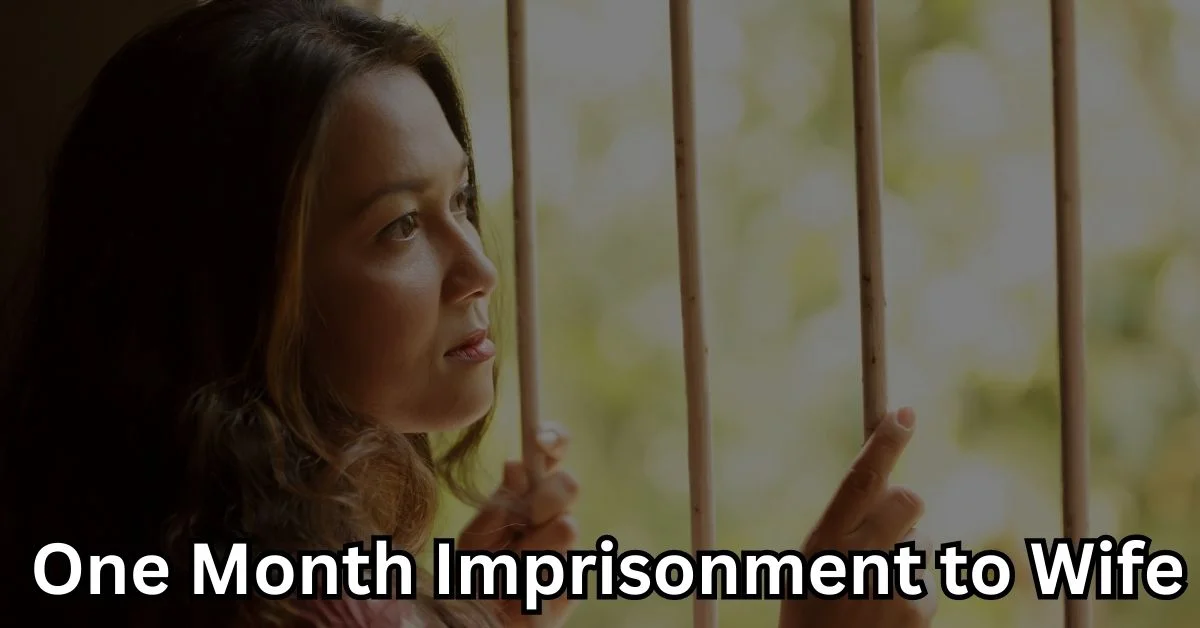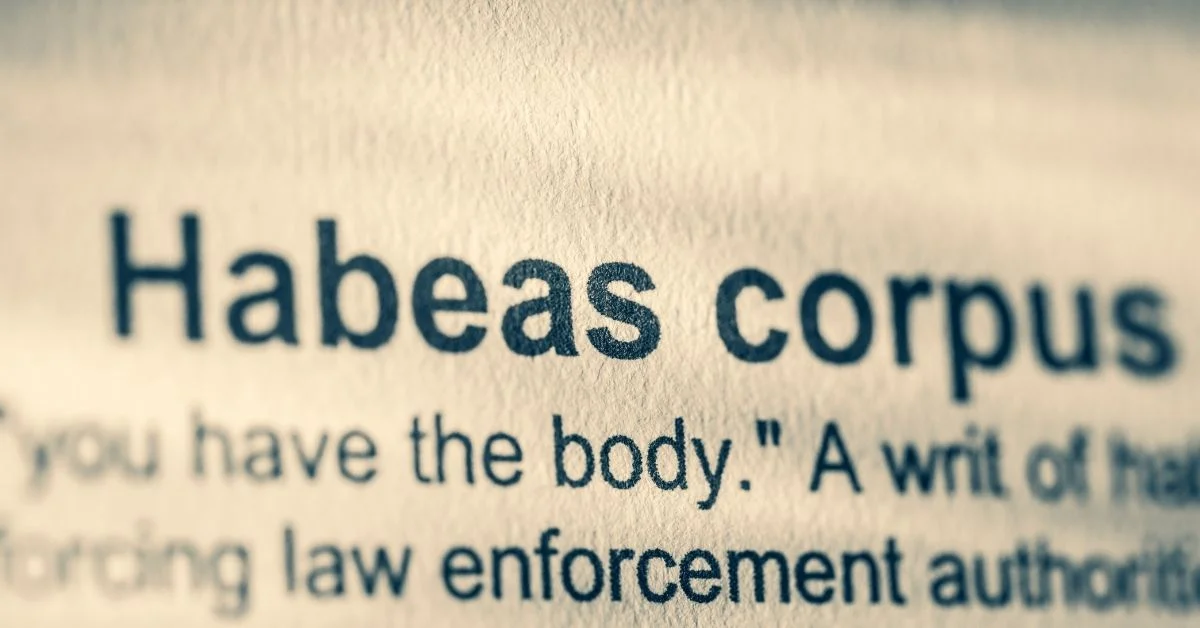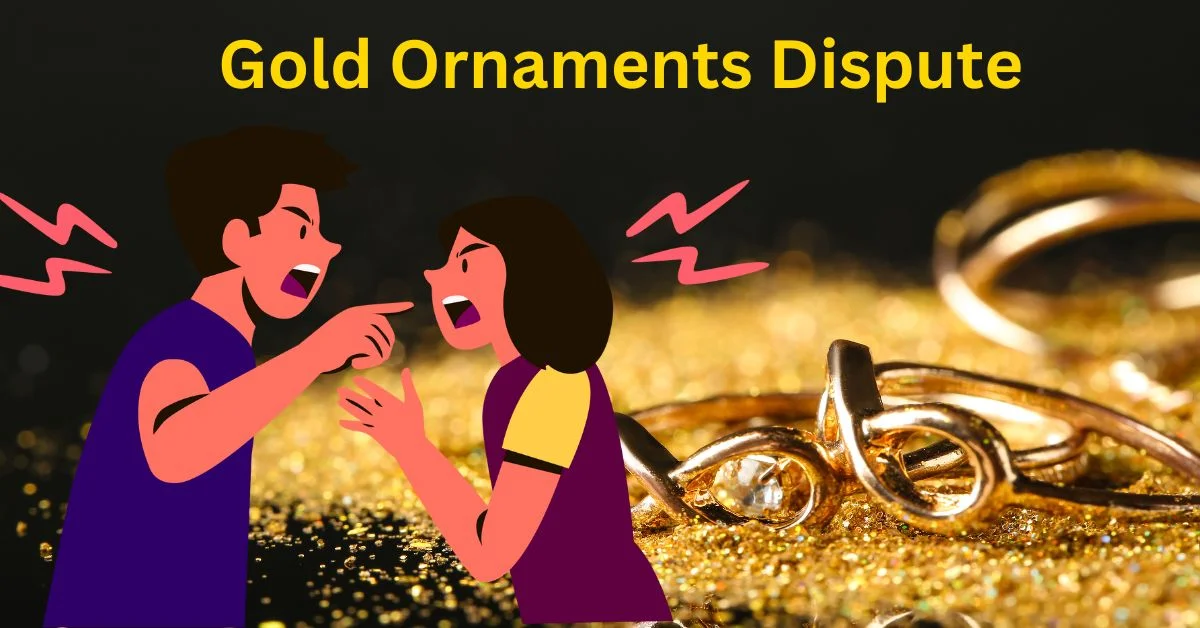Domestic Violence in India: Addressing the Silent Epidemic
Domestic violence in India is a prevalent issue that affects individuals and families across the nation. It is a form of abuse that occurs within intimate relationships, encompassing physical, emotional, sexual, and financial aspects. This article sheds light on the topic of domestic violence in India, exploring its causes, consequences, legal framework, and available resources. By understanding the scope of the problem and working towards its eradication, we can create a safer and more inclusive society for all. Domestic Violence in India: Unveiling the Reality Defining Domestic Violence Domestic violence refers to any act of violence or abuse committed by a person against their spouse, intimate partner, or family member within the confines of the home. In India, it includes physical assault, sexual harassment, emotional abuse, dowry-related violence, marital rape, and other forms of mistreatment. Causes of Domestic Violence in India Several factors contribute to the prevalence of domestic violence…
Custody and Education of Children Abroad
The parents had initially agreed to send their children abroad for further studies, but disagreements emerged later. The court’s decision and the arguments presented by both the mother and father are examined. Background of the Case The case was brought before the Family Court (South) Saket, where the father had filed a Guardianship Petition seeking custody of the children under the Guardian and Wards Act, 1890. The mother filed an application requesting directions for admitting the children to schools in the UK. The court allowed the father to proceed with the admission process and interacted with the children to gauge their preference. The father later filed an application regarding the children’s admission to schools in the UK, seeking directions to secure admissions and relocation for both children. Family Court’s Decision The Family Court, in its decision, permitted the children to study abroad for further studies. The son, Master Nathan Kartikey Dubey, was…
Understanding the Dismissal of a Transfer Petition by the Wife in the Supreme Court
A recent case in the Supreme Court of India shed light on the dismissal of a transfer petition filed by the wife. This article aims to dissect this case, explain the reasons behind the dismissal, and provide insights into the legal implications. The Case at Hand In the matter of Transfer Petition (Civil) No. 1082/2023, Gunjan Sharma was the petitioner, and Appurv Saini was the respondent. Gunjan Sharma had filed a transfer petition under Section 13 of the Hindu Marriage Act. This petition sought the transfer of the ongoing proceedings to a different jurisdiction. The Decision After careful consideration, the Supreme Court rendered its decision. The Court chose not to accept the wife’s plea for the transfer. This means that the proceedings will continue in the original jurisdiction as per the husband’s petition filed under Section 13 of the Hindu Marriage Act. Reasons for Dismissal The Court took into account…
Contempt of Court: Wife Faces One Month Imprisonment for Breach of Settlement Agreement
In a significant judgment delivered by the Hon’ble Delhi High Court on 9th August, 2023, a wife has been sentenced to one month of imprisonment for willfully breaching a settlement agreement with her husband. The case stemmed from the marital discord between the couple, which led to their separation and the initiation of multiple legal proceedings against each other. Background of the Case Married on 25.07.2015, lived separately since 06.04.2017 due to temperamental differences. Instituted multiple legal proceedings against each other and family members. 56-clause settlement agreement formulated, offering a step-by-step resolution procedure. Filed First Motion petition for mutual divorce under Section 13(B)(1) of the Hindu Marriage Act. As per the settlement, after the first motion, the Husband was required to execute a Gift Deed relating to a flat in favor of the wife. It was also agreed that wife will hand over ₹9,91,408/- cheque for HSBC Bank loan closure, which the…
Maintenance Enhanced in a High Profile Case
In a legal battle that has captured attention due to its complex nature, the case of former J&K Chief Minister revolves around maintenance claims, marital disputes, and financial responsibilities. The dispute between Payal Abdullah and Omar Abdullah, once a married couple, has taken a contentious turn, involving legal intricacies that require close scrutiny. Marriage and Family Background Payal Abdullah and Omar Abdullah got married in England on September 1, 1994. They have two children who were studying law at Jindal Global Law School. Omar Abdullah is the son of Mr. Farooq Abdullah and the grandson of Sheikh Abdullah, both prominent politicians who served as Chief Ministers of Jammu and Kashmir. Omar Abdullah himself was a former Chief Minister of the state. Abandonment and Legal Action Omar Abdullah allegedly abandoned his family since 2013. He filed for divorce under the Foreign Marriage Act and Sections 27(1)(b) and (d) of the Special Marriage Act,…
Habeas Corpus in India: Safeguarding Individual Freedom
Habeas Corpus in India is a legal safeguard rooted in the principle that no one should be detained unlawfully. This article provides a comprehensive understanding of Habeas Corpus, tracing its historical evolution, its essential applications, and its continued relevance in the Indian legal landscape. Understanding Habeas Corpus Habeas Corpus Explained Habeas Corpus, a Latin term meaning “you shall have the body,” is a legal recourse that empowers individuals to challenge their detention or imprisonment. In essence, it serves as a shield against arbitrary or unlawful confinement. Historical Origins of Habeas Corpus in India The concept of Habeas Corpus can be traced back to England, where it was first established in the 17th century. India inherited this legal principle during British colonial rule, and it remains a vital part of the Indian legal system. Key Elements of Habeas Corpus Petitioner: The individual or a representative filing the petition. Detainee: The person…
Exploring the Significance of Stridhan in Modern Society
Stridhan, a term deeply rooted in Indian culture, refers to the wealth and assets that a bride brings into her matrimonial home upon marriage. This cherished tradition has been an integral part of Indian weddings for centuries. In this article, we’ll delve into the concept of Stridhan, its cultural significance, legal aspects, and its relevance in contemporary society. What Does Stridhan Include? Stridhan encompasses a wide range of assets, both tangible and intangible. It includes jewelry, clothing, ornaments, cash, movable and immovable property, and gifts received by the bride during her wedding or even post-marriage. These assets are considered the bride’s exclusive property and are meant to provide her with financial security. The Cultural Significance of Stridhan In Indian culture, Stridhan symbolizes a woman’s financial independence and her stake in the family’s wealth. It acts as a safety net for women in case of unforeseen circumstances, ensuring they have resources…
Deciphering a Family Law High Court Ruling: Unraveling the Gold Ornaments Dispute
A recent case before the High Court of Kerala has brought to light an intriguing legal conundrum centered around the return of gold ornaments after divorce. In this analysis, we delve into the intricacies of the case, exploring the background, arguments advanced by the parties involved, the decision rendered by the Family Court, and the keen observations of the High Court that culminated in its ultimate verdict. Background Unveiled The case unfolded when Treasa Bency (wife) filed an original petition in 2009, aiming to retrieve both money and gold. Responding to this, Dr. Preceline George (husband) presented a counterclaim, seeking the return of 11 sovereigns of gold that he had entrusted to Bency. A collective judgment was delivered in 2012, ruling in favor of Bency and mandating her to return the gold once she received the funds and gold from George. George paid Rs.15 lakh and returned the wedding ring…
Matrimonial Disputes and Mental Cruelty .
The Delhi High Court has granted a divorce to Kulvinder Singh Gehlot, the appellant husband, in a case marred by allegations of cruelty and desertion. The court’s decision comes after an extended legal battle that spanned several years, shedding light on the complexities of matrimonial disputes and the importance of considering mental cruelty as a valid ground for divorce. Background of the Case Kulvinder Singh Gehlot and Parmila, his wife, entered into a marital union in accordance with Hindu customs and rites on February 15, 2002. Their union was blessed with two children, Nisha and Rohan, born on November 23, 2003, and July 16, 2006, respectively. However, their journey as a married couple was far from harmonious. Husband’s Divorce case The appellant husband had filed for divorce underSection 13(1)(ia) & (ib) of the Hindu Marriage Act, 1956, citing cruelty and desertion as the grounds for seeking separation. In his pursuit of…
Fraud and Annulment of marriage.
Background of the Case The case involved a petition for annulment of marriage filed by Ms. Ashi Kumar (the petitioner) against Mr. Assem Aggarwal (the appellant). The petitioner, a permanent resident of Ghaziabad, had married the appellant, a resident of New Zealand, on October 4, 2009. However, the marriage soured quickly due to allegations of dowry demands and unfulfilled promises. The petitioner claimed that the appellant had begun demanding a substantial dowry even before the wedding. After the marriage, he allegedly demanded Rs. 40 lakhs and a BMW car. The petitioner contended that the appellant’s family had assured her that no dowry would be demanded, and she would accompany the appellant to New Zealand after the wedding. Yet, the appellant left for New Zealand without completing her visa formalities, leaving her stranded in India. Key Issues The central issue before the court was whether the marriage should be annulled under…

